 United States (English)
United States (English)
Shopping Cart
Empty Cart
Part No: {{entry.product.code}}
Quantity: {{entry.quantity}}
Total {{cartInfo.totalPriceWithTax.value | currency:"$"}}
Total {{0 | currency:"$"}}
 United States (English)
United States (English)
Part No: {{entry.product.code}}
Quantity: {{entry.quantity}}
Total {{cartInfo.totalPriceWithTax.value | currency:"$"}}
Total {{0 | currency:"$"}}
Asia Pacific
Europe, Middle East, Africa
 România (Română)
România (Română)
 European Union (English)
European Union (English)
 België (Nederlands)
België (Nederlands)
 Belgique (Français)
Belgique (Français)
 France (Français)
France (Français)
 Deutschland (Deutsch)
Deutschland (Deutsch)
 Italia (Italiano)
Italia (Italiano)
 Nederland (Nederlands)
Nederland (Nederlands)
 Polska (polski)
Polska (polski)
 Россия (русский)
Россия (русский)
 South Africa (English)
South Africa (English)
 España (Español)
España (Español)
 Україна (українська)
Україна (українська)
 United Kingdom (English)
United Kingdom (English)
 Česko (Česká republika)
Česko (Česká republika)
 United Arab Emirates (English)
United Arab Emirates (English)
North America
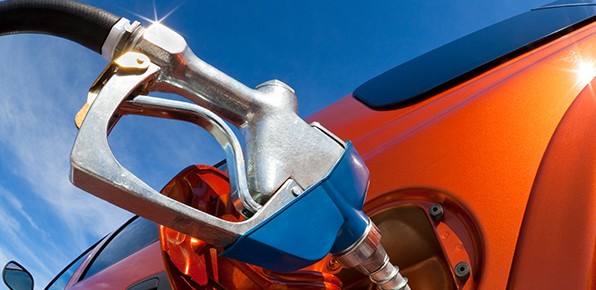
You’re running low on fuel and decide to stop and fill up your tank. When you pull up to the pump at the gas station, you’ll likely see three different grades of gasoline – regular unleaded, midgrade unleaded and premium unleaded.
Which grade do you select? Is regular unleaded best? Or is ponying up for premium gas going to make your car run better? Knowing which grade of gas to put in your car will go a long way in ensuring that you get optimal performance from your vehicle. Read on to learn about the different grades of gasoline and how to decide which is best for your engine.
A fuel’s octane rating is the number that you see prominently displayed with each grade of gasoline. The rating is a measure of how well the gasoline resists the knocking or pinging that can happen during the combustion process if the air-fuel mixture fires off early in your engine. A higher octane rating reduces the chance of the gas pre-igniting.
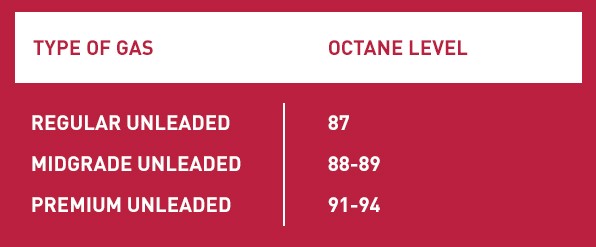

Recommended for a majority of the engines on the road, regular unleaded gas is typically the cheapest of the three grades. Through improved ingredients and technology, regular unleaded gas has seen advancements over the years to make it a great choice for most drivers.
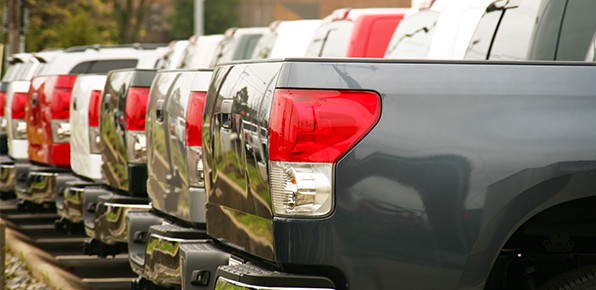
Falling between regular and premium, midgrade gas may also be called plus or special. While few cars call for midgrade gas, switching to midgrade gas could help if you are experiencing engine knocking or pinging with regular unleaded gas. Though midgrade has a few more additives than regular gas, it’s typically hard to detect any appreciable increase in performance.
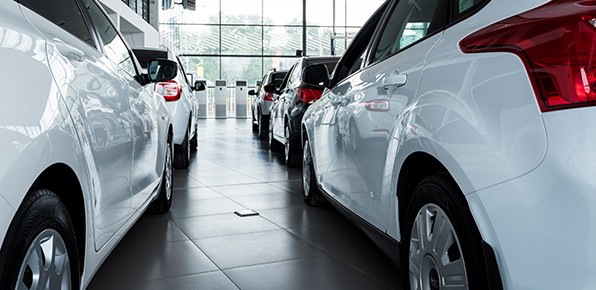
Costing anywhere from 30 cents to 60 cents more than regular unleaded, premium gas is required by some luxury and performance vehicle manufacturers. Cars with high-compression engines and turbochargers benefit from premium gas to help increase efficiency and performance. If your owner’s manual recommends premium gas (as opposed to requiring), the choice will be up to you if to fill your tank with premium or a lower grade.
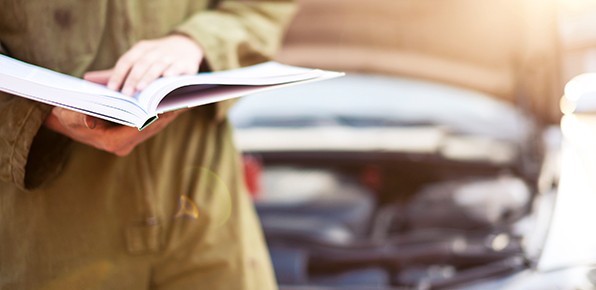
Consult your owner’s manual to learn what type of fuel is recommended for your vehicle. The grade that the manufacturer specifies has been determined to give you the best results for performance and fuel economy.
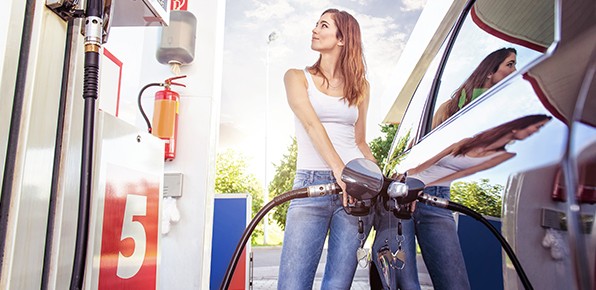
If your vehicle doesn’t call for the use of premium gas, using it won’t give you any additional benefits. Save your money - the extra cost won’t give you better gas mileage or enhanced performance. In fact, a study by AAA found that US drivers waste $2.1 billion annually on premium gas1. That’s a lot of clams!
If you use regular unleaded gas when the manufacturer calls for premium, you run the risk of your engine knocking and running poorly. Over time, it could lead to engine damage and could even void your warranty.
Learn more about quality auto parts, find your car part, or find a local car repair shop today.
Additional Sources: 1AAA Money Wasted on Premium Gasoline
The content contained in this article is for entertainment and informational purposes only and should not be used in lieu of seeking professional advice from a certified technician or mechanic. We encourage you to consult with a certified technician or mechanic if you have specific questions or concerns relating to any of the topics covered herein. Under no circumstances will we be liable for any loss or damage caused by your reliance on any content.